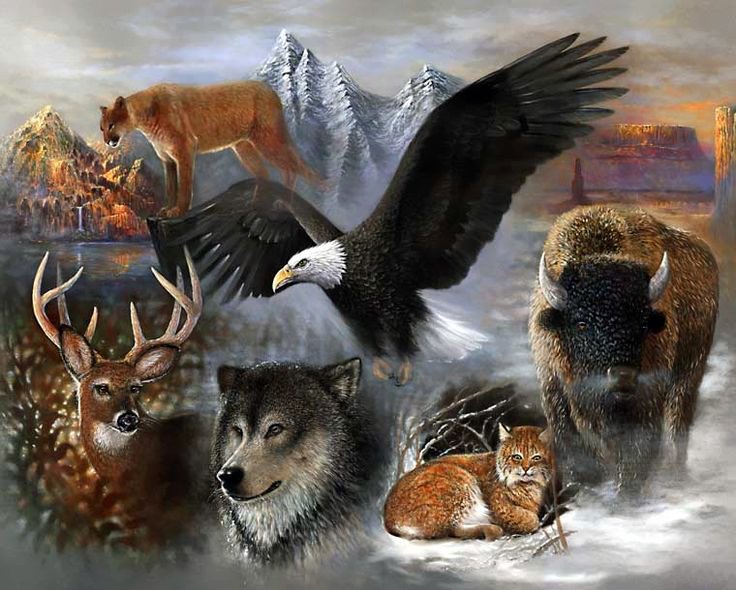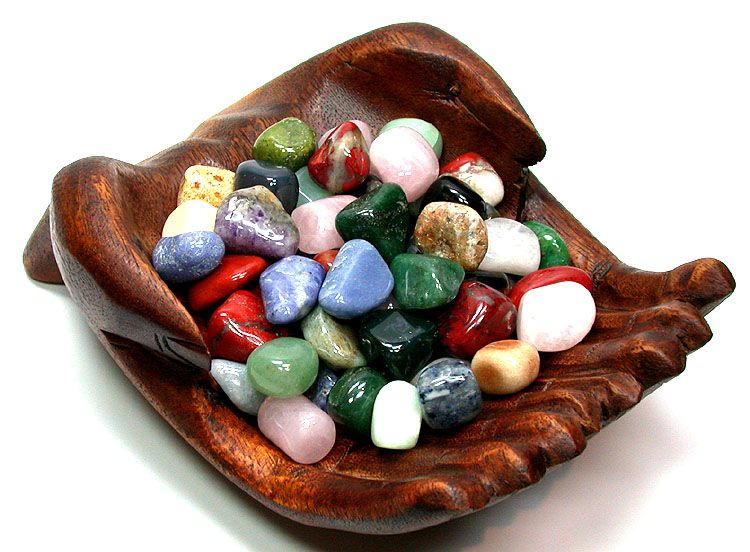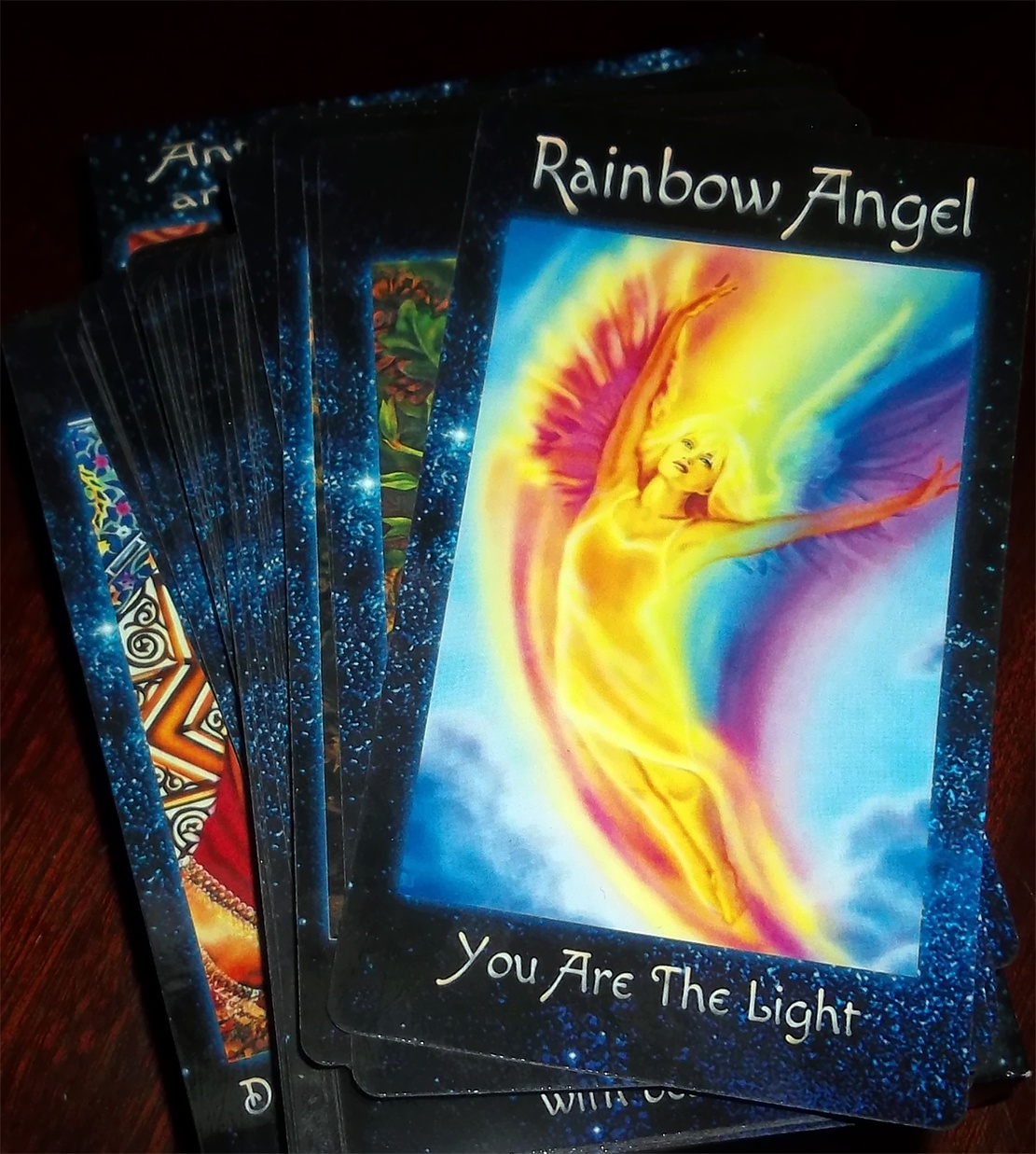The Vedic Gods
- Details
- Written by AndEl
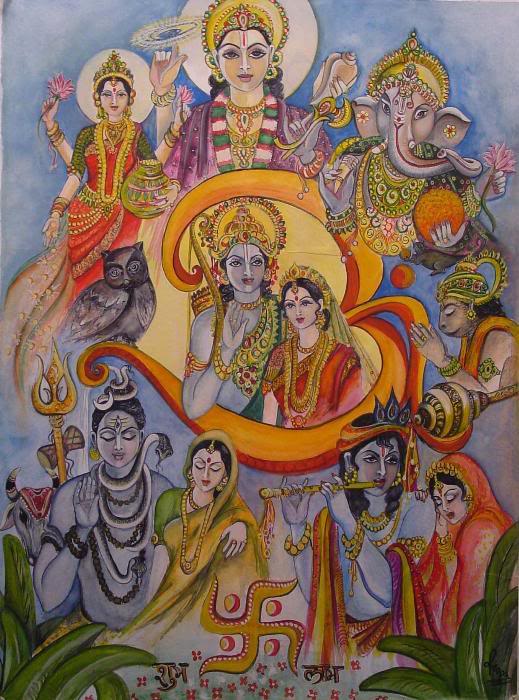 Rig Veda - lore of the verses, enumerates numerous Vedic Gods. Vedic priests believed in ceremonies and rituals, which were offered to appease these Gods. No one Vedic God has been considered the Supreme God. In fact, different Gods have been considered as Supreme at different times, attributing the powers and qualities of one to another. Apart from Gods who have been attributed specific characteristics, several inanimate objects, qualities, emotions and various forms of nature had also been deified and worshiped.
Rig Veda - lore of the verses, enumerates numerous Vedic Gods. Vedic priests believed in ceremonies and rituals, which were offered to appease these Gods. No one Vedic God has been considered the Supreme God. In fact, different Gods have been considered as Supreme at different times, attributing the powers and qualities of one to another. Apart from Gods who have been attributed specific characteristics, several inanimate objects, qualities, emotions and various forms of nature had also been deified and worshiped.
The earliest accepted Gods were:
Dyaush-pita (the sky father),
- Dyaus or Dyaus Pita was the Sky Father of Indian myth. His counterpart was Prthivi, the Earth Goddess, and the two of them were originally one entity called Dyavaprthivi. He was the father of Indra. In one form, he is seen as a bull, reddish in color, and whose bellowing is the thunder. He is also seen as a black steed covered in pearls. In the latter representation he is the night, with the pearls as the stars. Dyaus, like his Greek counterpart Cronus, is slain by his own son. Indra grabs him by the foot and pulls him out of the sky to fall to his death.
Prithivi mata ( the earth mother),
Vayu (the wind God),
Parjanya (the rain God),
Surya (the sun God),
Varuna (the God of oceans),
Agni (the fire God),
Indra (the war God),
Soma (the God of speech, deity of soma creeper),
Ushas (the Goddess of dawn),
Yama (the God of death),
Adityas (a group of deities, who are six in number in the Rig Veda, eight in most of the Brahmanas and twelve in the Satapatha Brahmana),
- The Adityas are, in Hindu myth, a group of sun gods and the sons of Aditi and Kashyapa. Originally, there were seven or eight of them, but their number was expanded to twelve in the Vedic period. As the twelve sun gods they represent the twelve months of the year. The Adityas protect against various diseases, and belong to the Devas, a generic term for divine beings. They are: Ansa, Aryman, Bhaga, Daksha, Dhatri, Indra, Mitra, Ravi, Savitri, Surya, Varuna, and Yama.
Aswini (twin Deities),
Rudras (eight in number),
- Rudra is an agent of creation. He is the Puranic god who sprang from the forehead of Lord Brahma. Rudra is radiant as the noontide sun and violent. He is the bulk figure made of half-male and half-female. With the order of Brahma Rudra became two-folds, disjoining his male and female natures.
- The male part of Rudra is divided into eleven persons. Each person was of multiple characters, some of were pleasant, some repulsive, some ferocious and some mild. Rudra multiplied his female nature manifold, of complexions black or white.
- The Vishnu Purana affirms that in the early days of Kalpa, Brahma made a decision to create a son like himself with all his qualities. Then all of a sudden a purple complexion youth appeared running and lamenting with a low cry. Brahma asked him the reason why he was weeping then the boy asked, to give him a name. Brahma named him Rudra and told the boy to be comforted. Rudra still wept seven times, and Brahma therefore gave him seven other denominations. Rudra with the other seven personalities was endowed with a region, wife and prosperity.
- The eight manifestations are named Rudra, Bhava, Sarva, Isana, Pasupati, Bhima, Ugra, and Mahadeva. Lord Brahma named the eight manifestations. He also assigned to them their respective positions. The positions of the eight manifestations were the sun, water, earth, air, fire, ether, the ministrant Brahman, and the moon.
- The eight Rudras together are one, under as many appellations, and in as many types.
Vasus (eight in number), The eight attendants of Indra
Visvedevas ( ten in number).
Lord Vishnu, the second Trinity finds a secondary place in the Rig Veda.
In the late VEDIC period the two ITIHASAS or epics Ramayana and the Mahabharata were compiled. The heroes of the Vedic age gradually took the place of the earlier shadowy Vedic Gods and found their places in the Puranas. This formed the phase of post-VEDIC gods or the PURANIC GODS who had their seeds and roots in the VEDAS giving rise to the concept of TRIMURTI.
Thus emerged the transition of Hindu mythology from Vedic Gods (the Cosmic Trinity) to Puranic Gods (the Hindu Trinity) who took more significant form and entity and have been worshipped in various forms ever since.
Source Here
Liked this article? Dive deeper into personal growth and wellness! Check out CrystalWind.ca for spiritual wisdom or explore AromaWorx.ca for natural well-being tips. Spread the positivity—share this with friends on their happiness journey!
Let’s Chat! Drop Your Thoughts Below! ![]()
Latest Articles
Dive into the Mystical World of the Crystal Wind Oracle Deck!
Get All the Enchanting Details Now!
NEW Expanded Boxed Edition!
Now with 58 Cards for Richer Wisdom!

Imagine a world of inspiration and healing, free for all—made possible by YOU!
Donate Now—Ignite the Magic at CrystalWind.ca!
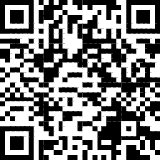
Epilepsy - Finding A Cure
Your donation can make a difference!
Help us find a cure – donate now!
Unlock Your Light: Join Lightworkers Worldwide on CrystalWind.ca!
Articles: Hindu Mythology
Follow Us!
Featured This Month
Sweet Violet
Sweet Violet Faithfulness and modesty. “I will always be true to you.” Helps... Read more
Crystals for Virgo
As the warmth of summer begins to soften into the crispness of autumn, the Sun... Read more
Peridot: The Healer's Stone
Peridot has been used as a Power Stone for centuries. Peridot fosters emotio... Read more
Mabon in Modern Times: Fresh Takes on the Au…
The Mabon season begins somewhere around the 21st-22nd of September and cont... Read more
Mabon Magic: Ideas For Fall Decoration And R…
Welcome (almost!) to Fall! We’re turning the Great Wheel once again, toward ... Read more
Virgo Mythology
The Virgo Myth In all of constellation mythology, few legends are as misund... Read more
The Vine: September 2nd - September 29th
The Autumnal Equinox ( Alban Elfed ) Celtic Symbol : The White Swan Read more
Watermelon Tourmaline
Synonym: Rainbow Tourmaline The watermelon tourmaline is a rare variety t... Read more
Sun in Virgo
An Overview of Sun Sign Characteristics for Virgo Virgo is guided by Mercur... Read more


